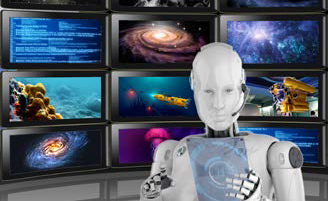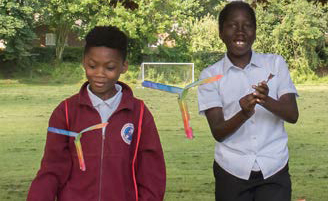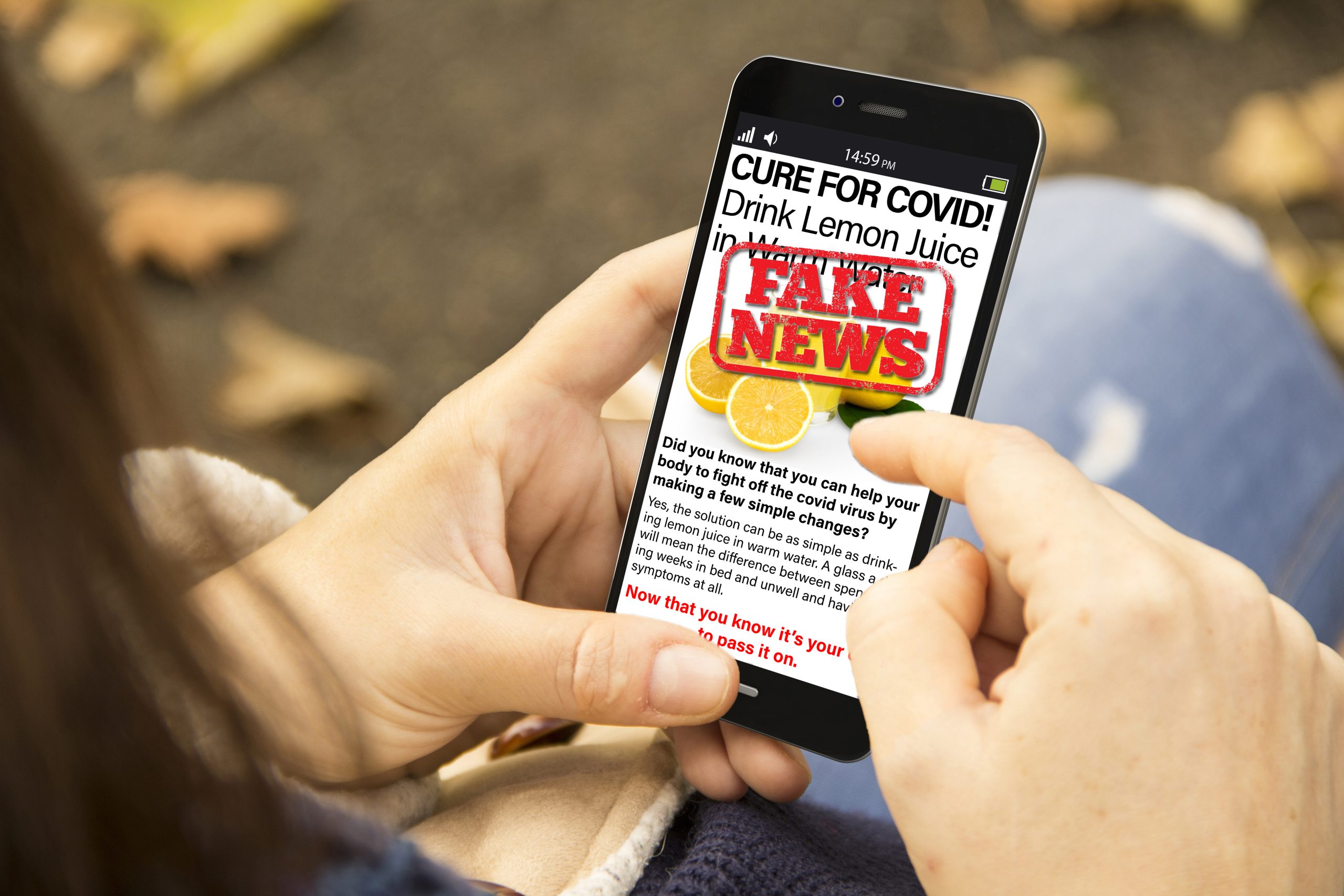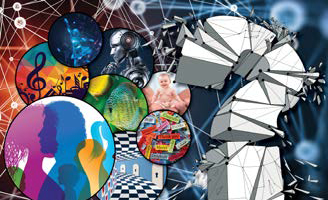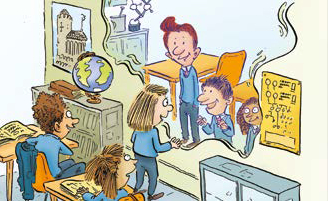The Power of Light
The Power of Light project creates opportunities for classrooms and community settings to investigate examples of scientists’ current innovative research that is taking place in UK’s national synchrotron science facility at Diamond Light Source. The Power of Light project confirms that learning about science (and how building scientific knowledge ‘works’) takes us on a journey of discovery about human personhood and the nature of reality.
We live in a rapidly changing world – understanding of the role and value of science in multidisciplinary contexts is an important part of future-ready skills-building. To be able to work with the relationships between science and other ‘ways of knowing’ (epistemic insight), it is important to explore what it is like to “think like a scientist”, and then to “think like a historian” (etc). Our research project pilots, develops, and evaluates pedagogical strategies and tools that complement schools’ curricula.
The ‘Power of Light’ project brings together research scientists, higher institution educators and research fellows, teachers, and STEM ambassadors to co-create engaging and accessible resources – an animation (left) and ‘zines’ (below).
The animation and three four-page zines (link below) have been co-created to encourage hands-on activities and dialogue to build understanding about how looking at very small things using a synchrotron can help to inform our thinking about being human and the world around us, through Big Questions.
Click here for Diamond Light Source’s resources page for this project…



…and click here to explore our Zenodo Open Source research community area
The particle accelerator at Diamond enables scientists to investigate the complexity of relationships in the structures of ‘things’ by investigating how atoms behave.
The scientists we have been working with explain that they enter an area of research with a defined question that scientific methods and the facilities at Diamond can help them investigate. During their scientific research into a precise question further, and often unexpected, lines of enquiry can be disclosed. The questions that arise can lead to the development of new tools and approaches, and add to our understanding of the relationships and systems that form all things around and within us.


